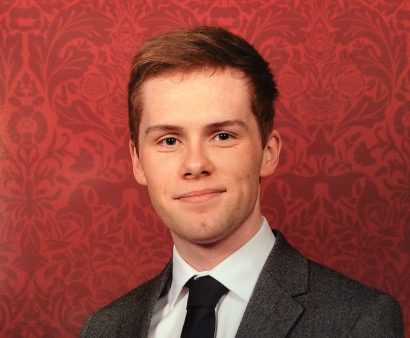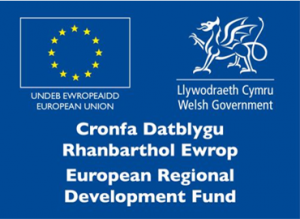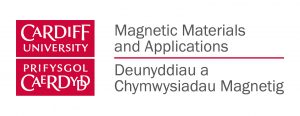Personal Highlights of 1DM2DM Workshop 2021 by Paul Mallett
23 November 2021
With so many interesting and relevant talks at the virtual 2021 1D&2DM workshop, it emphasised the importance of discussions within the field of magnetic measurement to help develop new research directions. Featuring researchers from Brazil to Japan, their talks were equally as broad, ranging from updates on the grain-size dependence of hysteretic losses in electrical steel to electron-precession damping in nanowires. As a PhD student within MAGMA, it directly benefited my work to hear what was new and exigent, while also exposing me to those behind the work. In this short post I will highlight a few of the talks that were of most personal interest.
The workshop was opened by Prof Anthony Moses, who reiterated the significance of intercollegiate and industrial dialogue: driving for a model distinct from mainstream conferences that emulated antecedent 1D&2DM workshops, where explicative talks from those involved with magnetic characterisation and measurement are followed by informal discussion.
From the industrial side, the event’s sponsor, Brockhaus Measurements, presented a new tester for measuring localised magnetic properties of stator lamination stacks by creating a magnetic circuit with the teeth and a modular yoke. This design allows manufacturers to easily test small sections of stator cores for validation.

Professor Del Atkinson of Durham University gave an intriguing overview of work promoting the understanding of the fundamental processes that govern the more macroscopic phenomena measured in magnetic materials. His work on the spin mechanics of electrons helps to remind us of the delicacy of magnetisation and how easily it can be disrupted – the effect of stress and other external factors that exist in industrial application of magnetic materials is a key area of interest at the moment.
Dr Fernando Landgraf of the University of Sao Paulo presented work on the minimum frequency range required for the determination of the hysteretic component of power losses in electrical steel, which is heavily dependent on external factors like stress, demonstrated by his conclusion that hysteretic losses have a 1/grain-size correlation. A further example of this interest in external factors on magnetisation was given by Stuart Harmon from the National Physical Laboratory (NPL), who have developed a method for examining the effect of heat and thermal ageing on the magnetic properties of electrical steel by placing an Epstein frame inside a furnace. Additionally, the effect of welding and annealing routines was examined for stamped electrical steel, further demonstrating the interest in external effects, which is pertinent to my own work for my thesis.
Overall the workshop was a good prelude to the in-person workshop that will be hosted next year (2022) at Cardiff University by MAGMA, where the same level of interesting talks can be expected with the addition of practical demonstrations. Moreover, newer avenues of research illuminated at this year’s workshop may have been explored, prompting even better discussions.

